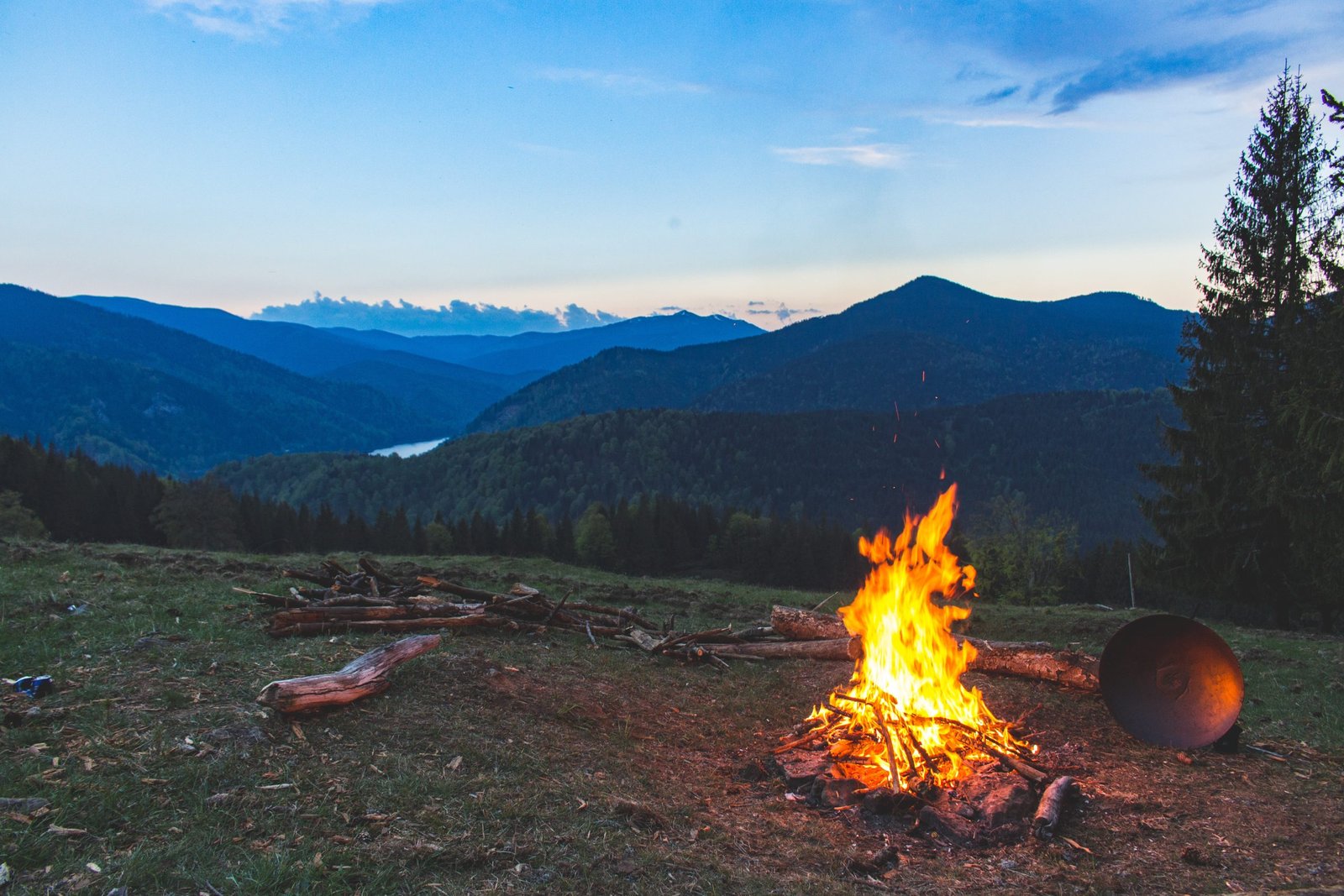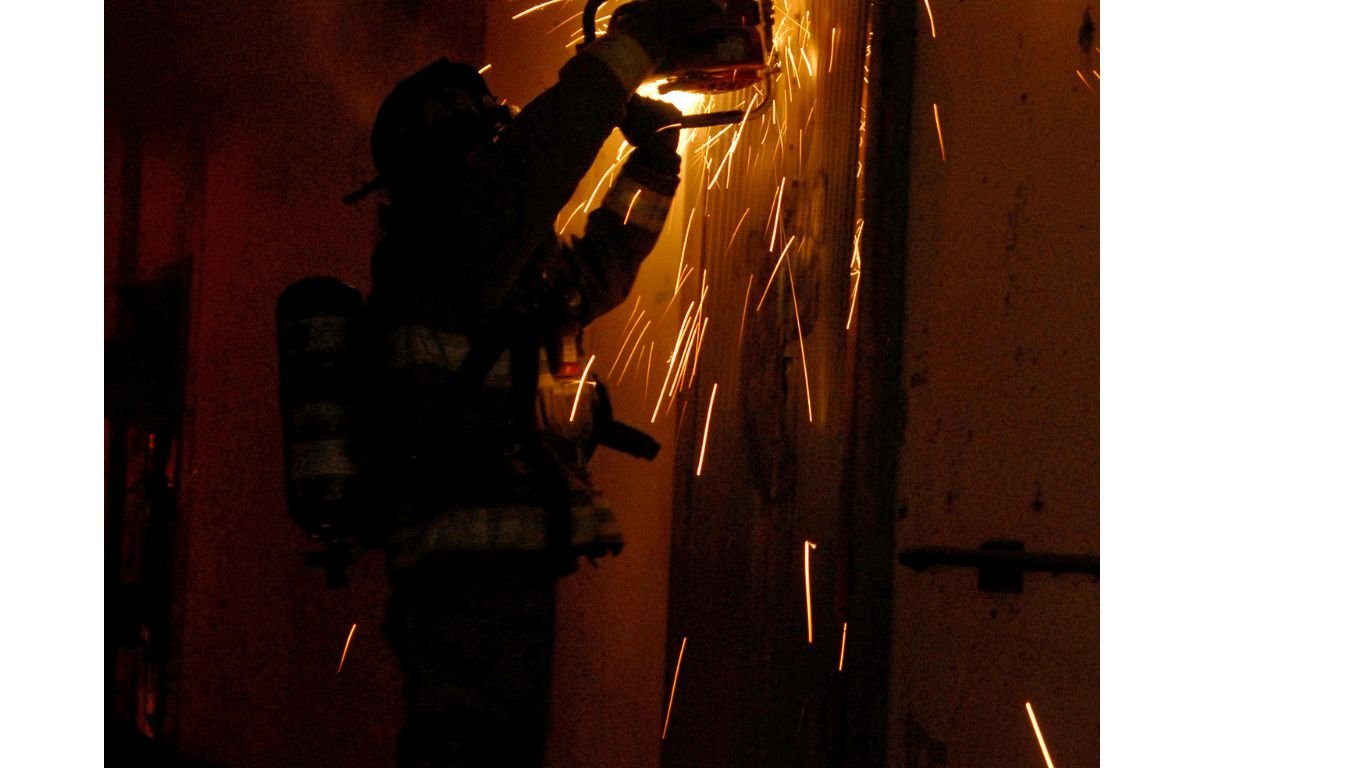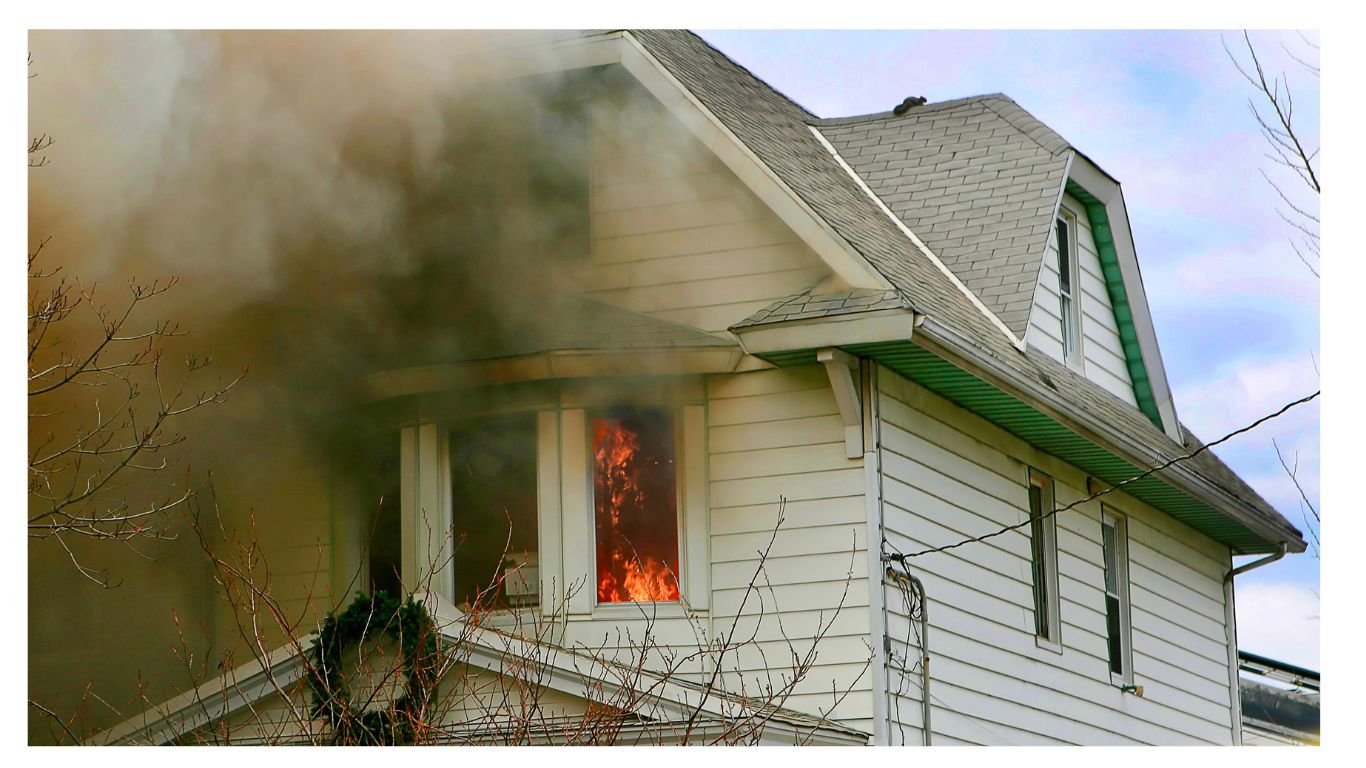Fire Behavior
Firefighters must possess a fundamental understanding of fire behavior. First and foremost, the capacity of the protection forces to predict where, when, and how fires would behave after ignition is what makes for successful fire control operations.
From the ranger to the smoke chaser, every member of the firefighting crew needs to be able to produce accurate estimations. Describes the actions of fires burning in a variety of circumstances. These estimations must be good enough to give the basis for decisions that will lead to rapid, efficient, and safe firefighting.
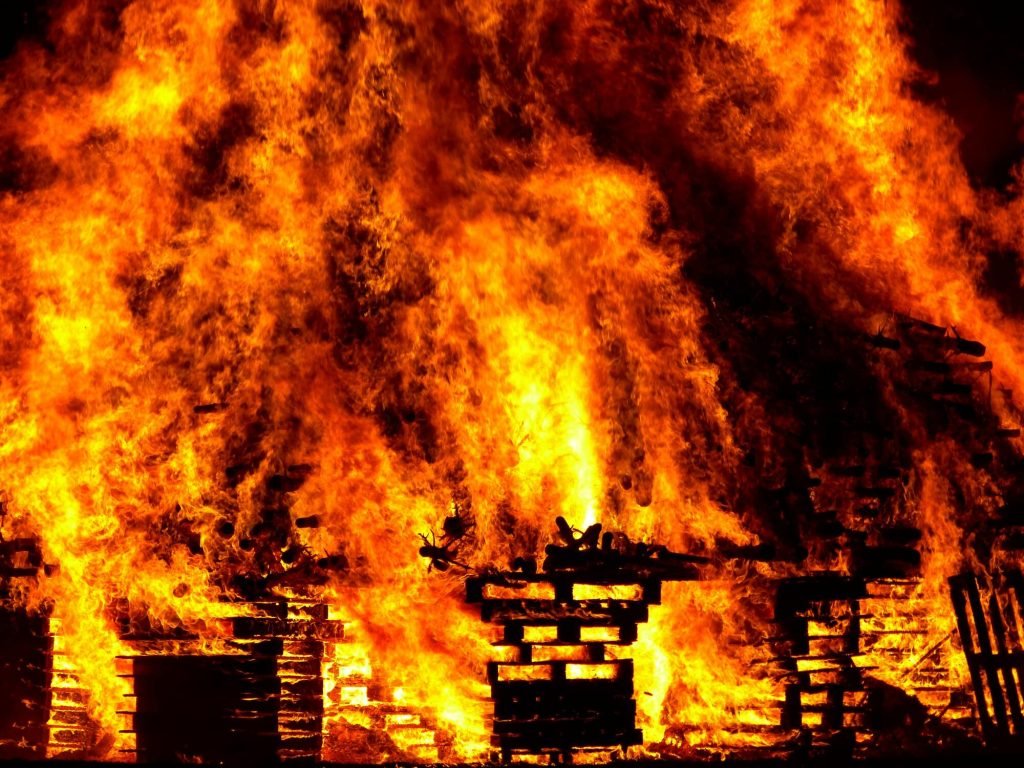
On every fire, the nature and level of complexity of the suppression work largely rely on
how the fire behaves. The position of the target determines the attack’s strength, speed, and kind
the fire and how it affected the environment.
Every change in the climate could affect how fire behaves, necessitating a change in firefighting tactics. The effectiveness and economy of the overall firefighting operation are largely determined by the personnel handling the suppression job’s ability to assess the fire behavior pattern.
Fire Behavior Triangle
The fire behavior triangle is a triangle similar to the fire triangle, which is composed of heat, oxygen, and fuel. Fuels, weather, and geography are the three apex points of this triangle. The parts that follow go into greater detail about each of these and how they affect fire.

The amount of flammability in a fuel depends on its chemical makeup, density, and moisture content. The most crucial factor is moisture content. Dead logs typically have very little moisture while live trees typically have a lot. How quickly a fire can spread and how intense or hot a fire may grow are determined by the moisture content and distribution of these fuels. Because moisture must first be removed by the fire’s heat, the high moisture content will impede the burning process.
Phases of Fire
There are four phases of fire according to its magnitude and development:
- Ignition.
- Growth.
- Fully Developed.
- Decay.
Ignition Phase
In the ignition phase, the fire is limited to the immediate point of origin. Due to the time required to locate a handheld extinguisher, locate the fire, and follow the correct procedures to spray the fire, it is challenging to manually battle and extinguish a fire when it is in this stage.
- The tendering fuel starts to heat up & burn (with the lowest ignition temperature).
- The heat from the heat source ignites the fuel.
- The heat generated from the fuel sets up a small convection current and the flame produces a small amount of radiated energy.
- The combination of convection & radiation serves to heat the fuel around the burning fuel.
As convection acts more in an upward direction, the fuel present above the burning fuel (kindling) will be heated to the ignition temperature & ultimately starts the combustion

Growth Phase
The phase of fire development is when the fire starts spreading beyond the point of origin and begins to involve other fuels in the adjoining area.
- The kindling starts to burn, increasing the convenience of the hot gases upward
- The hot gases and flame both cause to raise the temperature.
- Energy generated by growing fire starts to radiate in all directions.
- The major growth will be in an upward direction.
- The net result of the growth phases is that; “the fire grows from a tiny flame to a fire that involves heavier combustibles”.

Fully Developed Phase
- The fire can spread downward by radiation by flaming material which would be fuel or unburned fuel.
- The fire can spread upward through the thermal column of hot gases and flame above the fire.
- The fire in a building may be limited by the amount of oxygen that is available to it.
- The temperature of the fire will vary from one part of the flame to another.

Decay Phase
- In the development phase, fire has consumed either the available fuel or oxygen and starts to come down and ultimately extinguishes.
- The rate of burning slows down because less fuel is available.
- The rate of thermal radiation decreases.
- The amount of hot gases rising above the fire also decreases because less heat is available to push the gases.
- Eventually, the flames become smoldering embers and the fire goes out because of a lack of fuel.

Flashover
The simultaneous ignition of all combustible materials in an enclosed area when the surfaces in a space are heated to the temperature at which the flammable gases are hot enough to ignite.
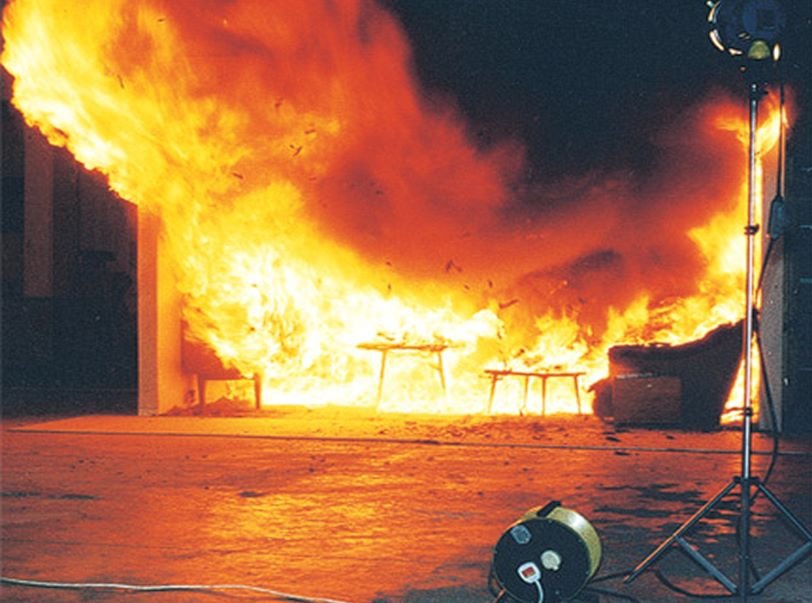
- The point between the growth phase and the fully developed phase
- All combustible materials in a room ignite at once.
- Temperatures can reach 930°F to 1100°F.
- Flashovers are deadly!
Symptoms of Flashover
- Initial fire produces a layer of Hot Smoke
- Hot smoke spreads across the CeilingHot smoke is bounded by the Walls, Therefore the depth of the smoke Layer growsRadiated heat, and heats the combustible materials.
- Flammable gases are given off. Surface Temperature attained for combustion
Backdraft
A situation where a fire has burned out all the Oxygen in a room, leaving only fuel, gases, and smoke at a high temperature. The reintroduction of Oxygen will restart the Characteristics of the Backdraft.
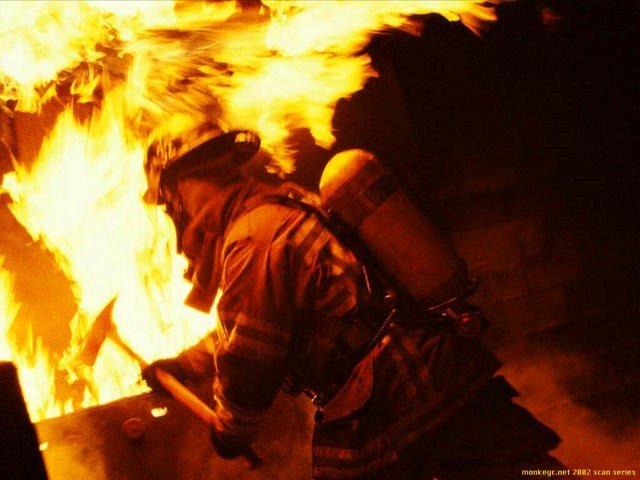
- Yellow or brown smoke, smoke which exits small holes in puffs (a sort of breathing effect).
- Incomplete Combustion causes dark colors to windows.
- Presence of Soot due to lack of oxygen to permit combustion.
- Smoke is often found around the edges of doors & windows. Extremely hot “surrounding environment”.Presence of soot on the window’s interior. Windows appear brown or black. Cracked windows.
- Slight vibration of the glass pan (due to differential pressure)
- Air suction
Preventive Measures
- Immediate Evacuation.
- Proper PPE.
- Boundary Cooling.
- Careful Entry.
BLEVE (Boiling Liquid Expanding Vapor Explosion)
An explosion caused by the rapid expansion of flammable gas stored in a container resulting in sudden release of huge quantities of atomized burning liquid which appear as a fireball and radiating intense heat all around”.
An explosion occurs when a tank containing a volatile liquid is heated (NFPA 2nd Edition, 2009).
A BLEVE can happen when a storage tank is subjected to heat from a fire in its surroundings.
The heating up causes the vapor pressure inside the tank to rise to lead to the rapture of the tank and the consequent release and ignition of the flammable liquid.
This leads to a large and rapidly expanding “fireball” or a blast wave
Characteristics of BLEVE
- Typically a BLEVE occurs after a metal container has been heated above 538 °C.
- Metal is unable to withstand high vapor pressure.
- Most BLEVE, s occur when containers are less than ½ to 1/3 full of liquid.
- Fireballs may occur at the time of rupture.
- Fireballs result in intense heat exposure on the premises.
Studies have shown that BLEVE occurs 30 minutes after the fire has started.
Safety Measures to Prevent BLEVE
- The container carrying LPG must be filled more than half and ideally to its full mark.
- No personnel should be allowed to enter the premises where a potential BLEVE exists.
- Fire fighting must be done from a safe distance of 40-50 meters, which is a minimum standard.
The foam should be used as fire fighting medium as it does smothering as well as cooling actions and tends to lower the temperature
Vapor Pressure
The pressure is exerted by the gaseous form of a substance when the liquid and the vapor are in equilibrium.
This is a property of a substance to vaporize. The vapor pressure of the liquids varies according to their characteristics
Fire Balls
Fireballs are created from the ignition of flammable vapor clouds. Such clouds burn with great intensity, with burn-up rates measured in tones of fuel per second.
Fireballs occur when a large quantity of fuel stored under pressure is suddenly released and then gets ignited.
Explosions
This means rapid or violent processes in which a large amount of energy is released. Explosions have great disaster potential and cause great loss of life and damage to property.
protection forces to predict where, when, and how fires would behave after ignition is what makes for successful fire control operations. From the ranger to the smoke chaser, every member of the firefighting crew needs to be able to produce accurate estimations.
Describes the actions of fires burning in a variety of circumstances. These estimations must be good enough to give the basis for decisions that will lead to rapid, efficient, and safe firefighting.
On every fire, the nature and level of complexity of the suppression work largely rely on
how the fire behaves. The position of the target determines the attack’s strength, speed, and kind
the fire and how it affected the environment.
Every change in the climate could affect how fire behaves, necessitating a change in firefighting tactics. The effectiveness and economy of the overall firefighting operation are largely determined by the personnel handling the suppression job’s ability to assess the behavior pattern.
For more information about Fire Behavior please visit Fr safety solutions.
